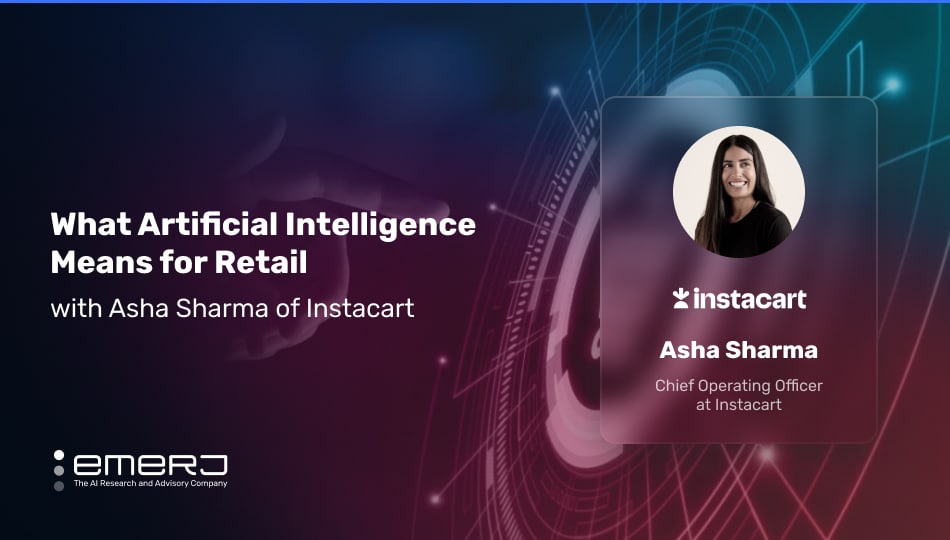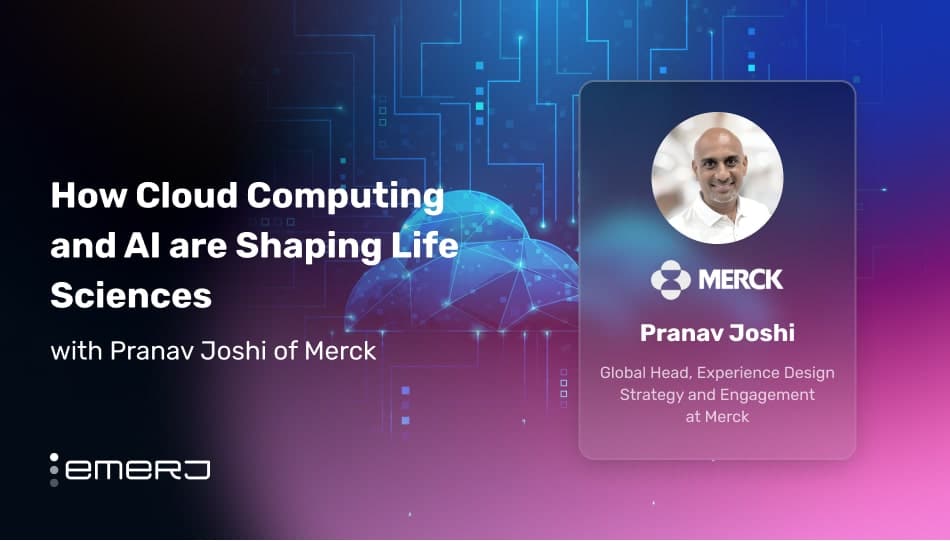The COVID-19 pandemic fundamentally changed how consumers shop, driving more consumers than ever to transact online with traditionally brick-and-mortar retailers. While these economic forces have affected all retail, perhaps none was more profoundly disrupted than the grocery sector.
While online grocery spending cooled since the pandemic-driven digital spending spree, any signs of its subsiding must be viewed relative to its projected growth. By 2027, online grocery retail is projected to grow by $780 billion, according to a recent report by Technavio. Just before the pandemic, that figure sat at around $3 billion – denoting that the seismic shift during the pandemic was anything but temporal.
However, according to Asha Sharma, Chief Operating Officer of Instacart, the most significant shift in the world of online retail – and especially in grocery – since the start of the Covid-19 pandemic is not one driven by technology itself but rather by shifting habits that have in turn changed customer expectations, driving digital transformation among retail grocers.
Emerj CEO and Head of Research Daniel Faggella recently spoke with Asha on Emerj’s ‘AI in Business’ podcast to discuss some of the biggest challenges facing retail leaders in the post-COVID world and the role data and analytics play in redefining the grocery shopping experience and online retail overall.
This article examines two critical insights from their conversation:
- Building beyond features for deeper personalization: When building their next customer experience, online retailers must think in terms of systems over standalone features.
- Foiling fraud with predictive AI modeling: Machine learning and AI to start a cycle of learning and application where online retailers address security threats proactively through finding opportunities in improved customer experiences.
Listen to the full episode below:
Guest: Asha Sharma, Chief Operating Officer for Instacart
Expertise: Customer analytics, business intelligence, marketing ops, customer care
Brief Recognition: In addition to her role leading operations for Instacart, she recently took a seat on the board of directors for AppLovin, a mobile ad tech company that empowers developers to monetize through a single SDK. Before Instacart, Asha was the VP of Product for Facebook and the COO of porch.com before her time at Facebook.
Building Beyond Features for Deeper Personalization
To begin with, “Grocery is just an enormously challenging business,” Asha says. “Grocery retailers have to manage large footprints – think 48,000 square feet, on average, there’s a disaggregated supply chain, tens of thousands of SKUs, and razor-thin operating margins, all while delivering fresh produce, prepared foods, affordable prices, and amazing merchandising,” she continues.
The grocery industry has also been one of the last sectors to fully embrace and undergo digital transformation. The pandemic, however, has acted as a forcing function for grocers, compelling the entire industry to rapidly implement digital solutions and embrace technology to meet the new needs of consumers in a contactless, socially distanced world.
Now, not only are grocery retailers having to digitize rapidly, but they are also extending the in-store grocery customer experience concept to an entirely new dimension.
Meeting these new challenges and expectations presents an immense challenge for grocers. Still, it also represents a massive opportunity, according to Asha, and the answer cannot be addressed by optimizing customer experience in a single domain alone:
“I believe that the right solution isn’t online only or in-store only,” Asha says. “It’s to build your service and technology to serve customers better in the store because they’re online and better online because they’re in the store,” Asha explains.
With this, Asha says, also comes many new horizons and vectors that have spidered out from changed customer expectations that are also requiring grocers to consider:
“How do you think about fraud differently? How do you think about personalization differently? How do you think about inspiration differently,” she posits.
“Service starts with knowing exactly what items are available in every single store, and so that requires deep integrations with all of the inventory systems. In many cases, there’s gaps, and so it requires things like machine learning models to predict – per store, per region, per state, per retailer – what the availability is, at any time.
To give you a sense, we update our catalog 3,000 times per second – that is what’s required to not only know that we can deliver the right goods to the right person, but also so we can suggest the right goods, and then find them in the right stores”
– Instacart COO, Asha Sharma
Customers walking into a grocery store can smell the baked goods, read the labels, or otherwise interact with items in real life – the online equivalent of which cannot exist without data and enriching the catalog. Doing so requires the capabilities of a technology team to take that data and build knowledge graphs that can, for instance, tell the retailer how their customers want to make decisions. Yet for grocery retailers, that job is easier said than done.
“Personalization at the end of the day comes down to understanding who the customer is online,” Asha says; however, “a lot of grocers actually can’t have large engineering and tech teams with the scientists that are required.”
Engineering is one of the areas where Asha sees a massive opportunity for grocery retailers to lean on partners, like Instacart, who do have those competencies in technology, and work together to collectively build systems that solve real problems, like search, which Asha says makes up about 50% of a customer’s basket.
Rather than building features, Asha says that Instacart’s engineering team thinks about what they’re making as a system, such as their machine learning-first system that can understand user intent and then match that with highly relevant products.
As Instacart’s ML model for search has begun to support semantic similarities, once the results are retrieved, it can rank them and then incorporate rich signals about the user’s tastes, dietary or category preferences, and even brand affinity. From there, they can personalize the search results by including auto-suggests.
“A significant portion of our engineering teams are scientists, and a significant portion of our company is our engineers – and so we have just invested a disproportionate amount in having the best people in the world who could think about this,” Asha says.
“It’s not just a feature; it’s an entire system that walks the user through the journey of their intent, their desires and their personal needs,” Asha explains.
Foiling Fraud with Predictive AI Modeling
Of course, not everyone who walks into a grocery store or visits its site is there with honest shopping intentions.
In traditional retail grocery stores, fraudulent activity could only be detected after the fact – when someone is observed putting something in their pocket, passing fake money, or using someone else’s credit card.
However, with the surge of grocery retailers transitioning to online platforms, their vulnerability to highly sophisticated forms of fraud has significantly increased, such that effectively addressing it now necessitates the implementation of ML and AI technologies.
“Unfortunately, we can’t change human behavior on that stuff, but the philosophy of our approach to not catching it after the fact is using AI for fraud and loss prevention,” Asha says. “We want to intervene before it happens or understand and detect in real-time that it’s happening,” she adds.
“And we can get better and better because we will have more datasets to understand the false positives and, you know, what’s actually happening,” she continues.
The true potential, according to Asha, lies in the progression towards a continuous loop of learning and application, as the power of machine learning and AI enables grocery retailers to not only become preemptive with fraud prevention but also as an opportunity for enhancing the customer experience.
“All of this comes down to different service levels, different policies, and with technology and data-driven insights, you can start to segment your customers, you can offer them different services, or look at your cost to serve differently by the lifetime value of the customer,” Asha says.
“It’s the flip side of fraud, using it to your advantage to grow with your best customers,” she adds.

















